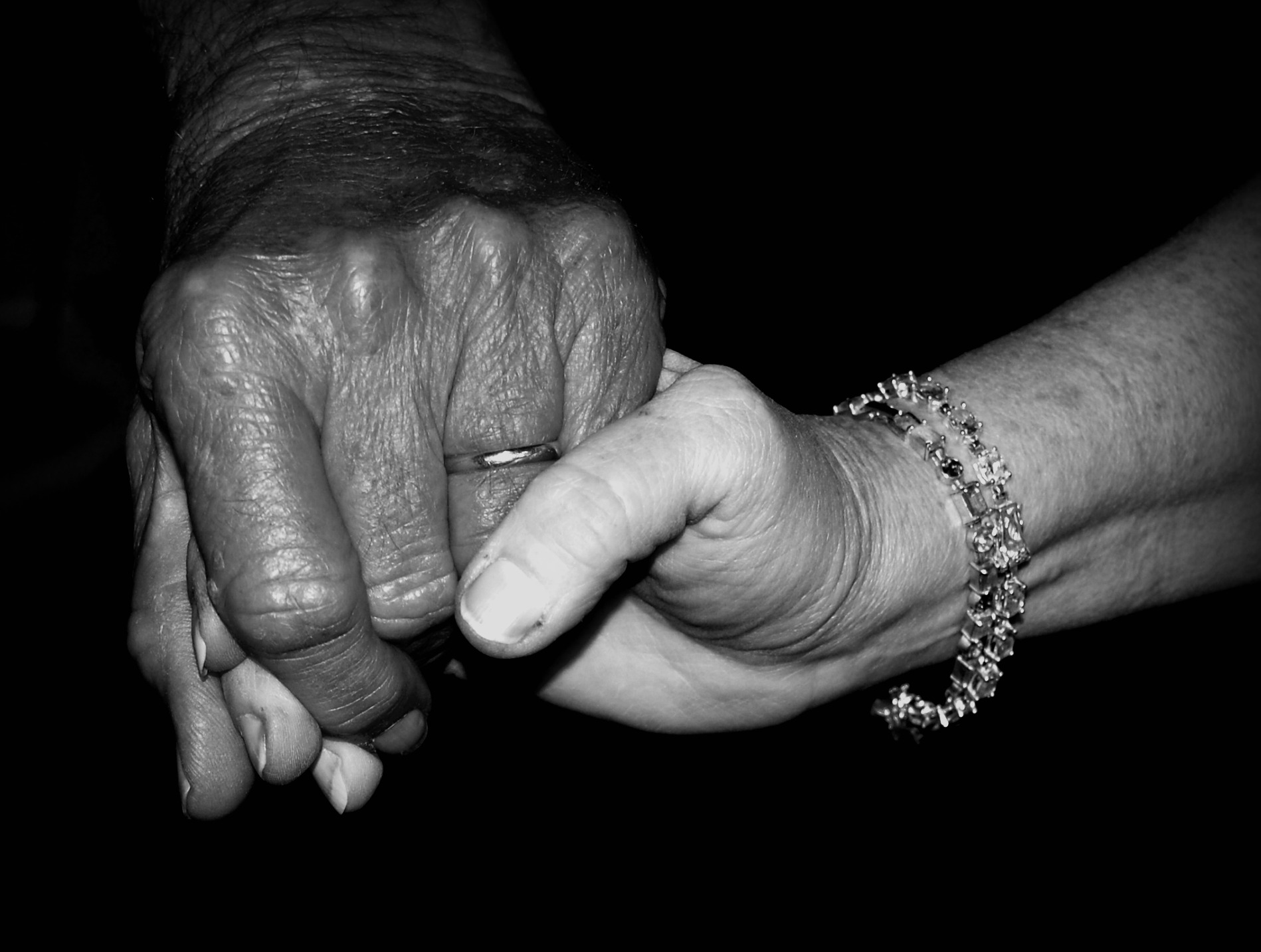
What Is Mesothelioma And Why Does It Target Seniors?
Mesothelioma is a form of cancer that affects the linings of our internal organs. While it is most commonly diagnosed in the lining of the lungs, it can also appear in the lining of the stomach and heart. The only known cause of mesothelioma is prolonged exposure to asbestos. Asbestos is a known human carcinogen that was used in a variety of different industries from the 1920s to 1980s. When asbestos fibers become airborne, they can be inhaled or ingested, clinging to our internal organs and causing scarring and inflammation. Over time, this agitation of the organ linings can cause the development of malignant tumors. Asbestos is still not fully banned in the United States, and it is allowed in up to 1% of certain products. This poses a continued threat to consumers as exposure is still prevalent to this day. The unfortunate reality is that many of those who are exposed will not know they were until they are in a later stage of life.
Symptoms of mesothelioma take 10 to 50 years to develop, which is why we see this cancer primarily affect adults over the age of 65. Coughing, chest pain, fever, and difficulty breathing are just a few of the mild symptoms this disease presents, often being mistaken for other less severe illnesses. To make matters worse, when symptoms do present themselves, the disease has typically already progressed to a later, less treatable stage. Depending on what life stage a patient is in, treatment options can become limited. When a patient may be too weak to undergo treatment for mesothelioma, palliative care is often pursued.
Palliative Care And Caregiving
Cooking, cleaning, grocery shopping, and transport are all aspects of palliative care. The role of the caregiver is to ease the life of the patient, allowing them to rest and be as comfortable as possible. When a patient requires a palliative care regimen, the caregiver forms a close bond with the patient and is therefore not only physical support but emotional as well.
On occasion, palliative care regimens may actually include medicinal treatment as well. Chemotherapy and radiation may be utilized to reduce pressure from growing tumors and relieve fluid buildup. Some other treatment options may include acupuncture, massage therapy, yoga, and breathing exercises. If a patient is undergoing more traditional treatments like chemotherapy and radiation, while deemed palliative, there are still major side effects. This is where a caregiver can really improve the overall quality of life of a patient. Nausea and vomiting are common side effects, and having a caregiver that can be by a patient’s side during these bouts can make all the difference. Caregivers can also monitor the pain medication a patient is given and provide the patient with the correct dosage at the appropriate time.
Overall, as a caregiver for a mesothelioma patient, you should be a support system for them in their time of need. The prognosis is often poor for those diagnosed with this disease, and everyday tasks can often be a physical and emotional battle. By allowing the patient to not worry about their everyday tasks, more time is allotted for them to relax and be surrounded by loved ones.
Painting The World In Mesothelioma Blue
Help spread awareness this September 26th by wearing blue and sharing information with your loved ones about asbestos exposure and mesothelioma cancer. With asbestos exposure being the primary cause of this disease, we may see it disappear altogether if we can educate those around us about the dangers of this carcinogen and how to prevent exposure from happening.

Hi there,
My name is Fernando Alexander and I’m a member of the Public Outreach Department for the Mesothelioma Center (Asbestos.com). We are an advocacy group that works to spread awareness of asbestos-related diseases and help those currently suffering from them.
I noticed that you have included another resource about mesothelioma at https://blogs.acu.edu/pruettgerontology/2020/09/26/mesothelioma-awareness-day-caring-for-a-loved-one-with-mesothelioma/ and thought that our website would complement the other valuable resources you have listed.
Here are some things we offer patients that set us apart from other advocacy sites:
• A monthly online support group where we discuss a variety of topics pertaining to cancer patients.
• An on-staff doctor and nurse available to answer any medical-related questions.
• 24-hour live chat support.
• Patient Advocates that work 1-on-1 with individuals to help them find local doctors, treatment centers and support groups.
Please take a look at some of the great information we have at https://www.asbestos.com/mesothelioma/. I believe that information would be a valuable addition to your page. Would you consider adding it to help us support those suffering from asbestos-related diseases?
Please let me know what you think! I look forward to hearing from you soon.
Best Regards,
Fernando Alexander
Public Outreach
Mesothelioma Center at Asbestos.com